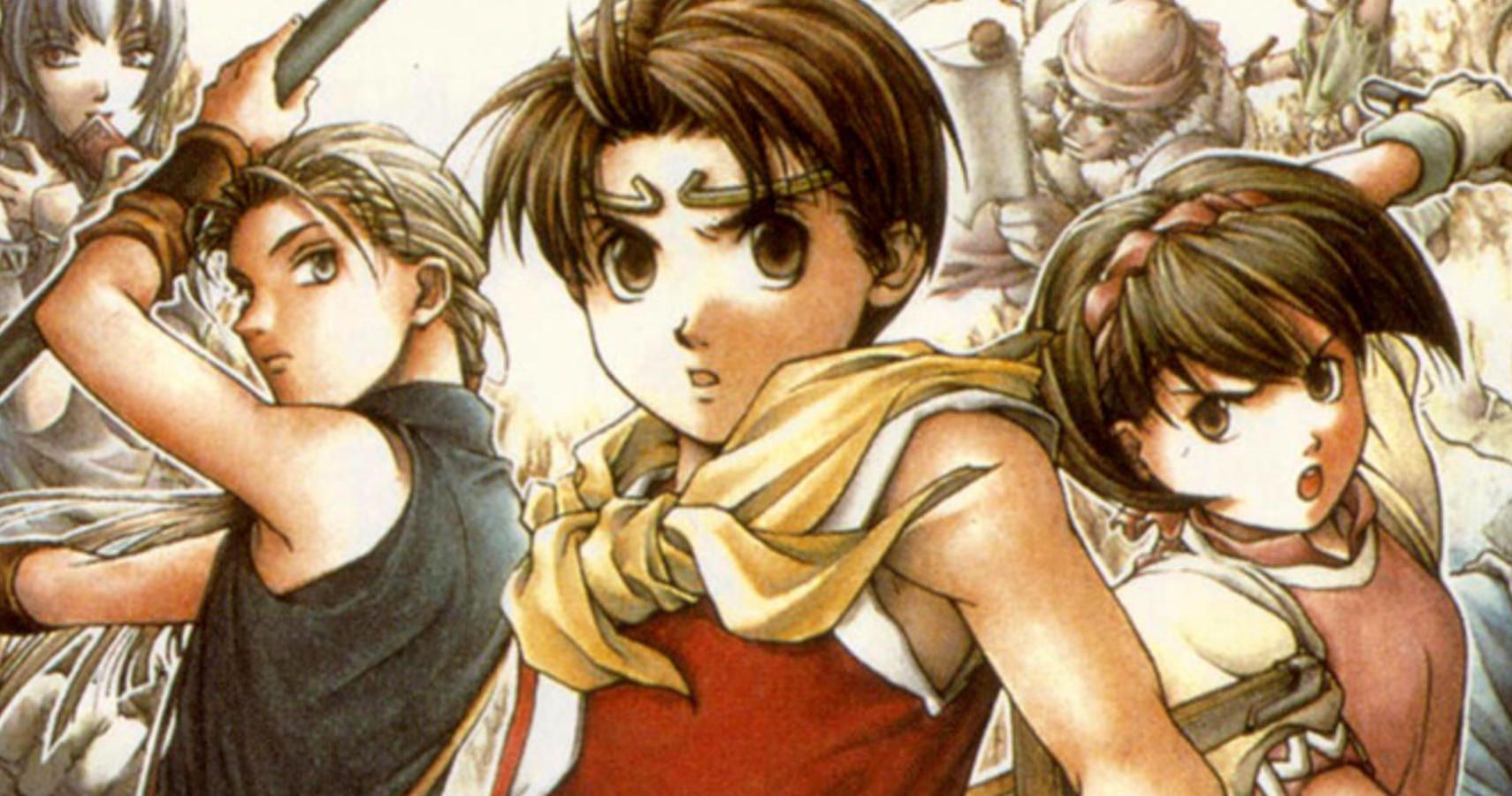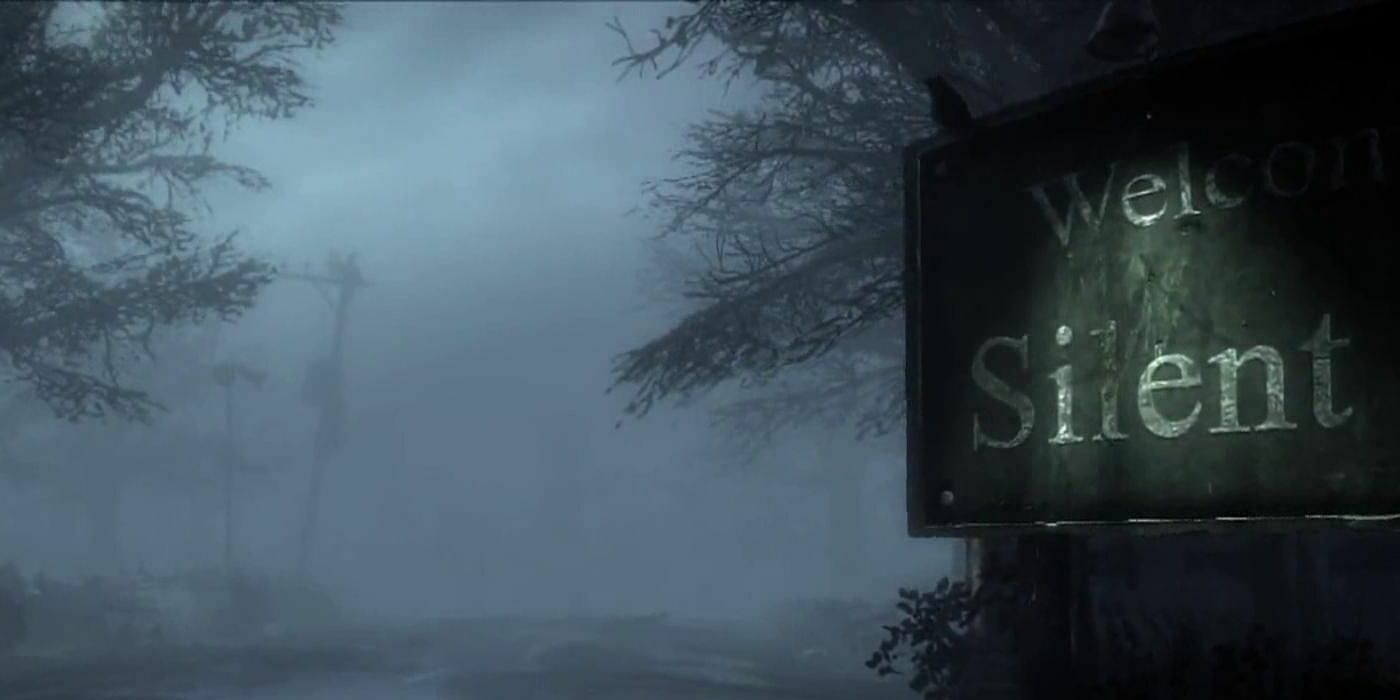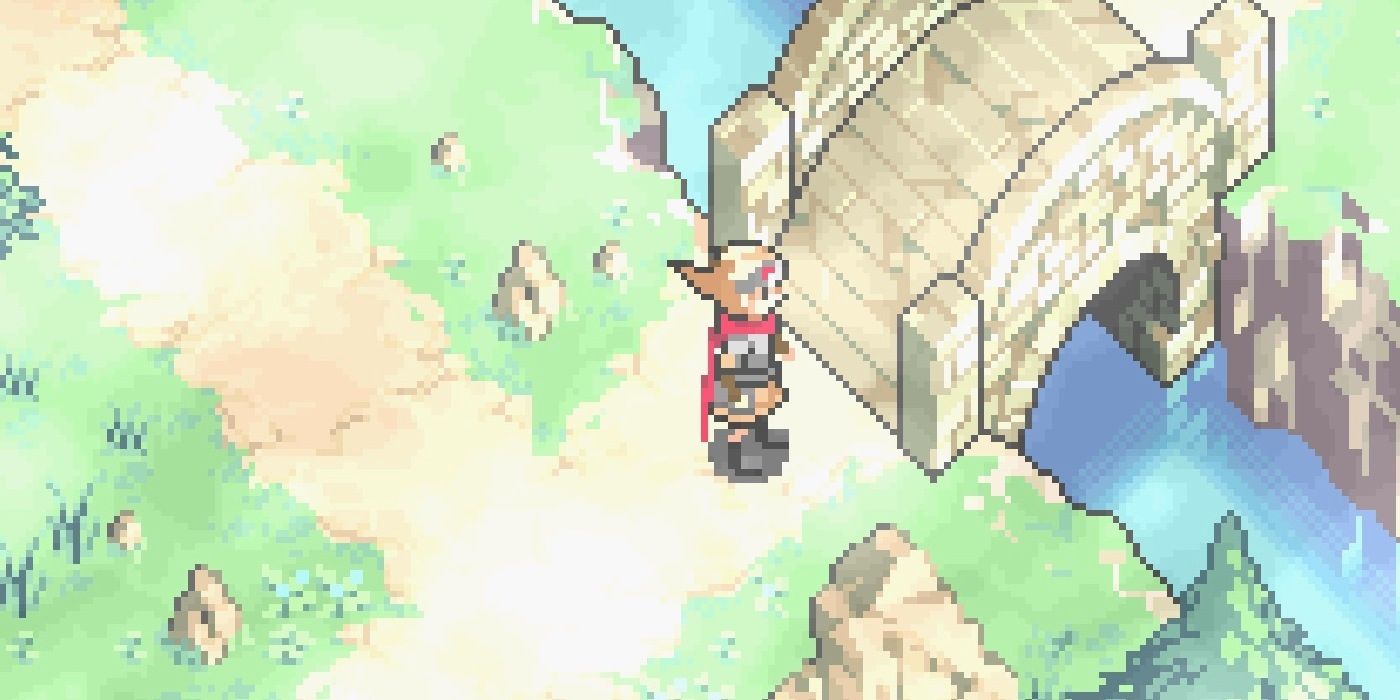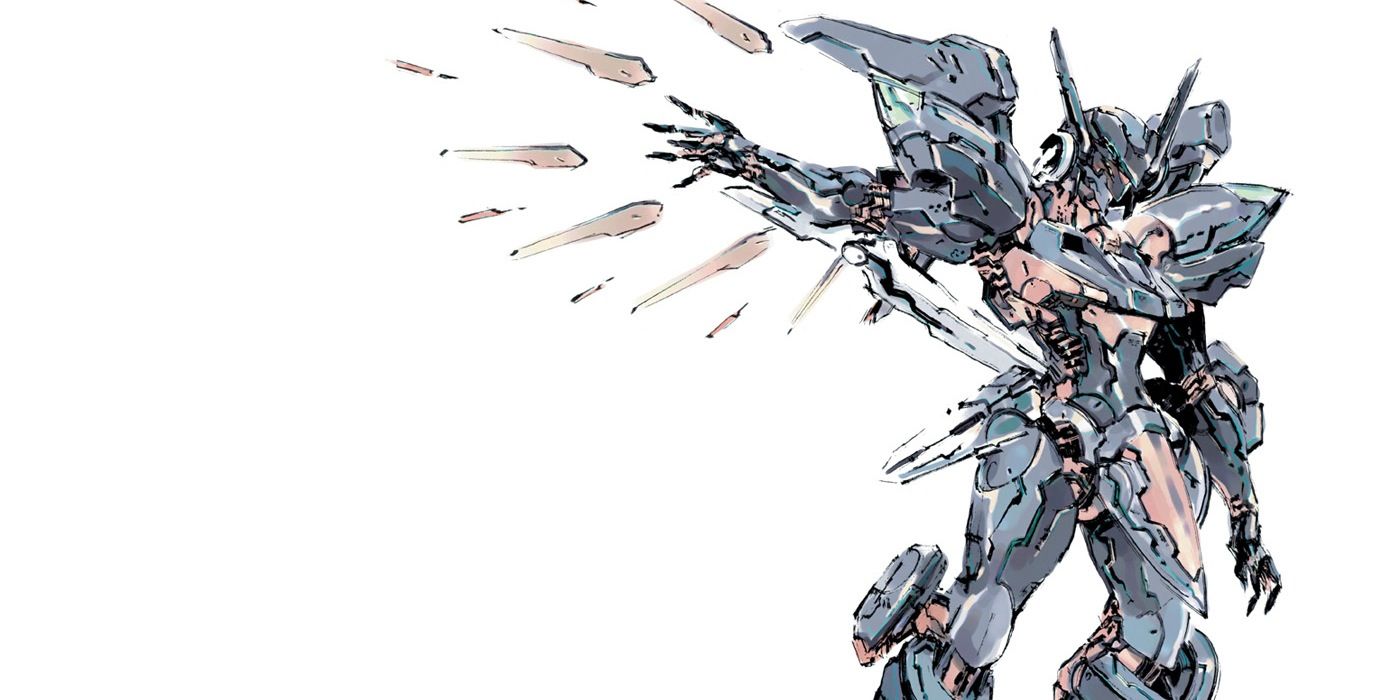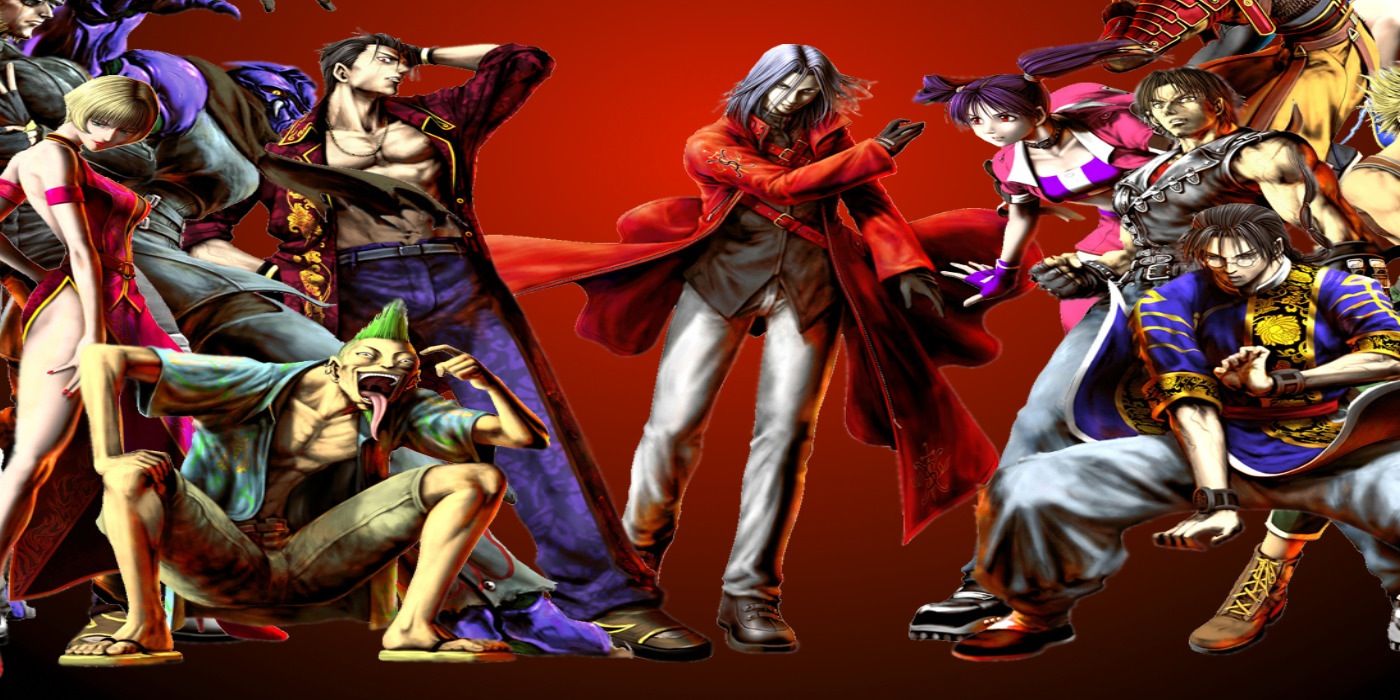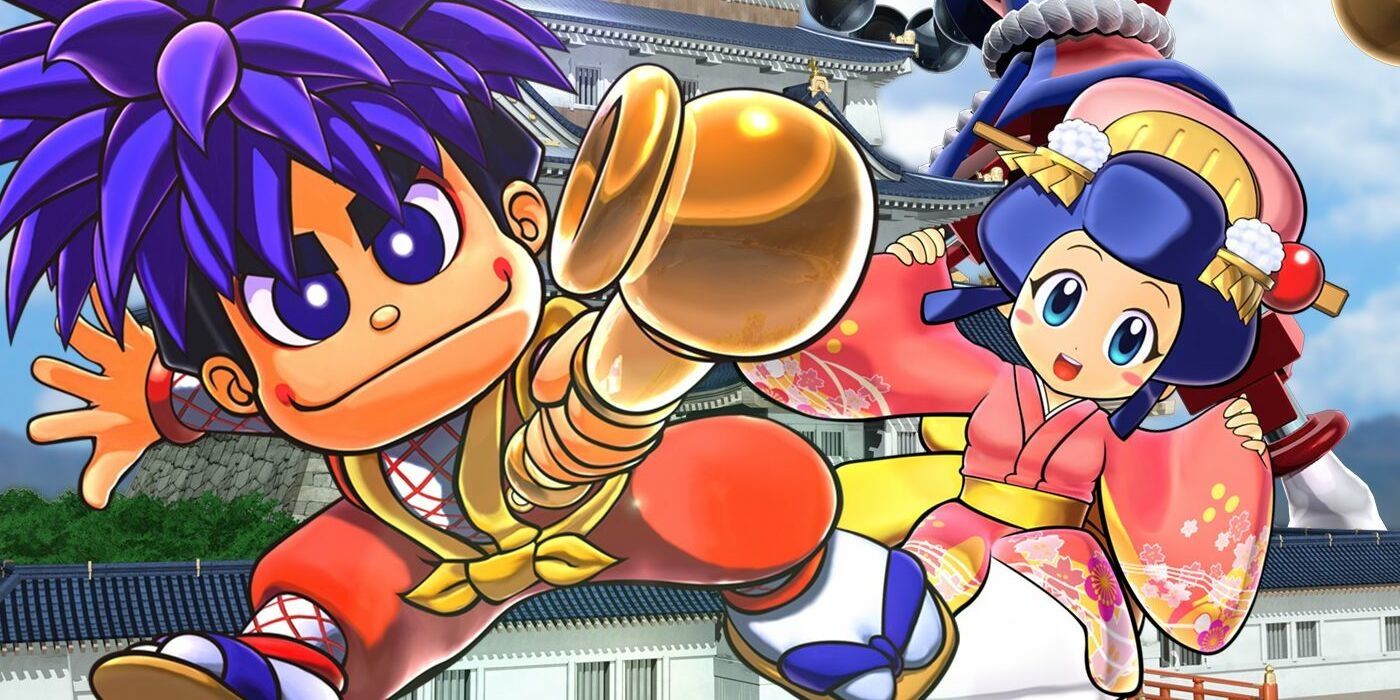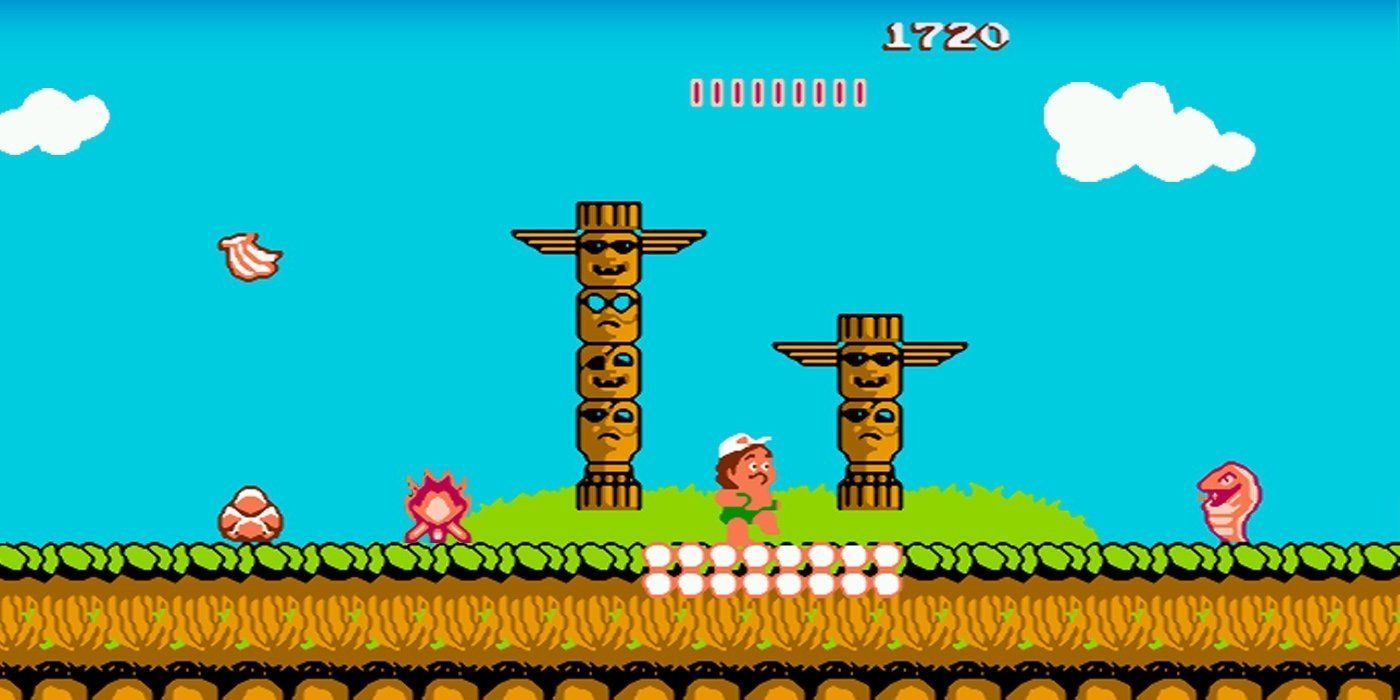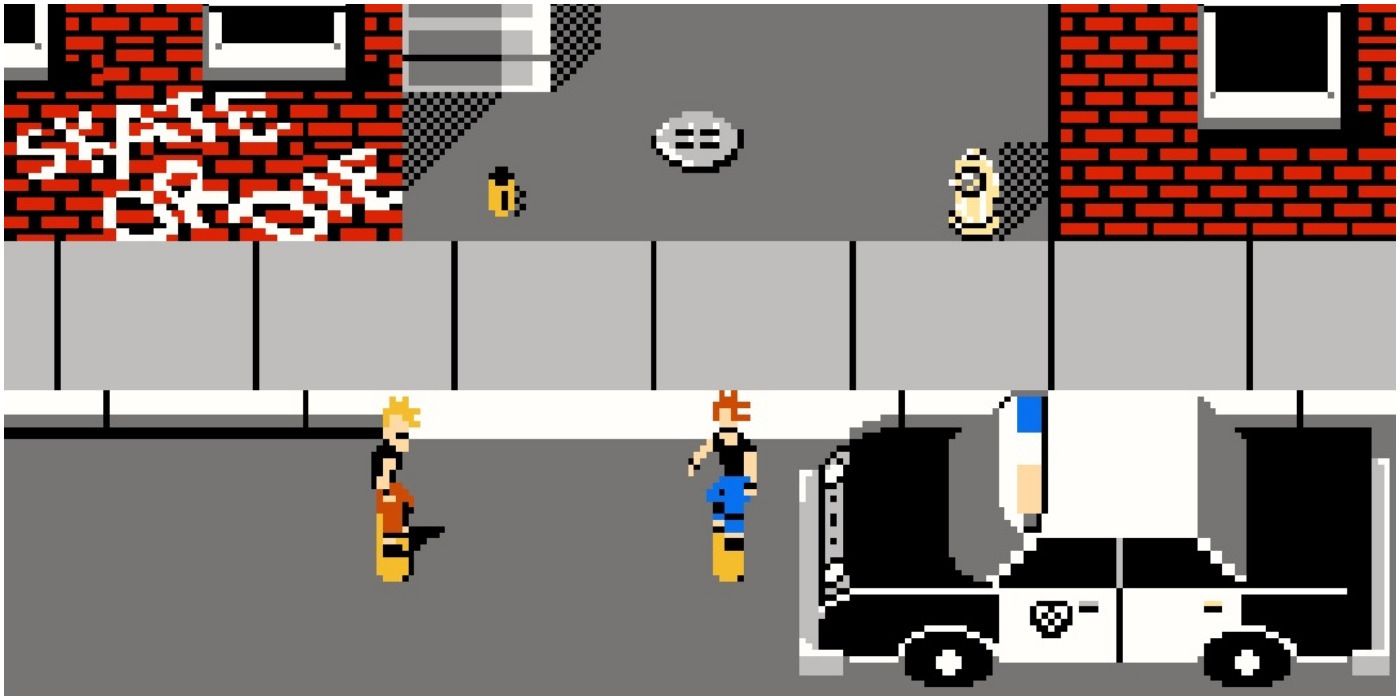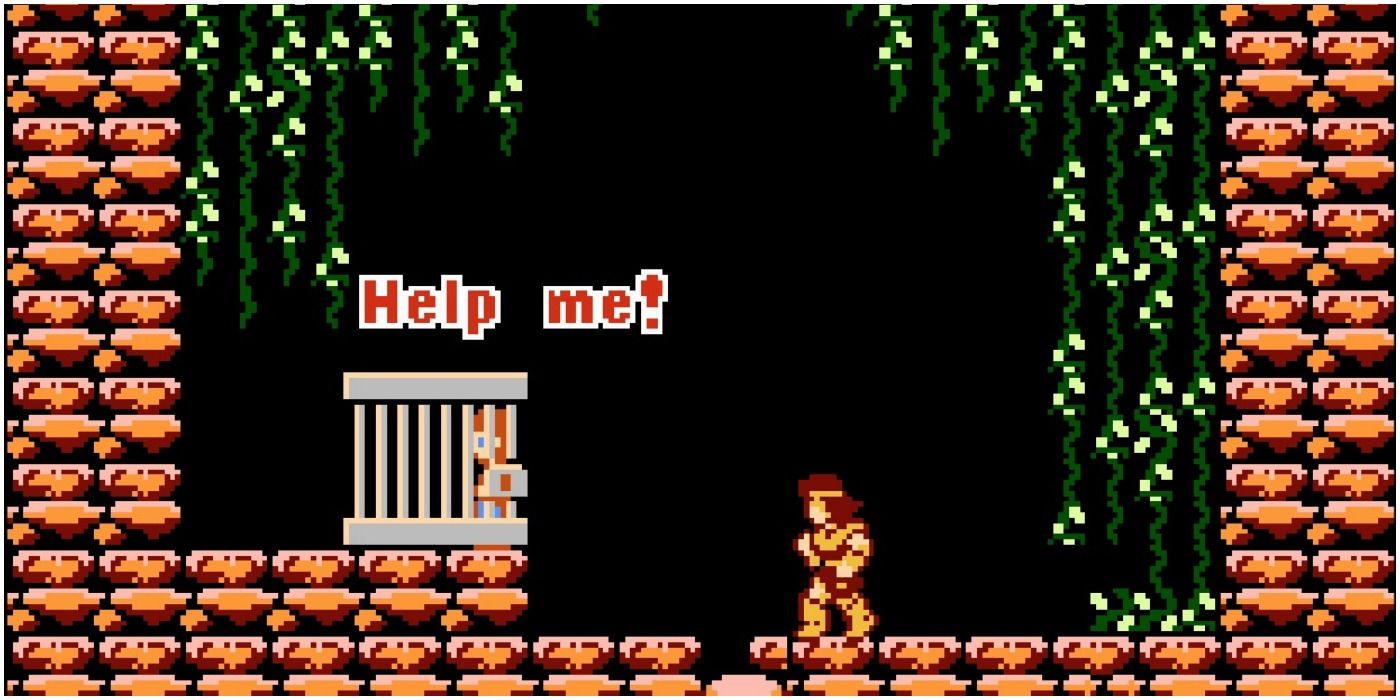Konami was once a huge juggernaut in the world of Japanese games. Unfortunately their presence has waned over the years, especially in this current generation. That is to say a lot of their classic properties remain untouched. This list will include both Konami and Hudson Soft titles.
For example, Bomberman was originally a Hudson Soft series before Konami bought out the company in 2012. Since a new Bomberman came out in 2017, it won’t be on this list. Games have to been gone for at least five years and remasters don’t count. Those are the rules, so let’s see what we found.
10 Suikoden
Suikoden acquired its first experience point in 1995 for the PS1. The last release in this series was Genso Suikoden: Tsumugareshi Hyakunen no Toki, which was for the PSP in 2012. Just in case that name wasn’t obvious, it never left Japan. What sets this RPG apart from others like Final Fantasy is its cast. It has a striking amount of characters one can gather all in the name of revolution. That’s mostly speaking toward the first two games, but still, there are not many games like it.
9 Silent Hill
Silent Hill first spooked players in 1999 for the PS1. The final release, Silent Hills, was canceled shortly after the demo, PT, came out in 2014. Prior to that, the actual last release was Silent Hill: Book of Memories in 2012 for the PS Vita, which instead of survival horror, it was a Diablo-like RPG. Who knows how Hideo Kojima’s Silent Hills would have turned out. Konami probably won’t be bringing this series back for a long time because of that controversy, if ever.
8 Boktai
Boktai: The Sun is in Your Hand shone its way onto the Game Boy Advance in 2003. The last game, Lunar Knights, was a 2006 DS game. This was also a Hideo Kojima joint. It was an idea ahead of its time, or more like it may have been too quirky for a mainstream audience. The hero of this series had a gun that ran on solar power. In order to charge it, players had to use real sunlight. There was an energy panel on the back of the cartridge. It was something else.
7 Zone Of The Enders
Zone Of The Enders rocketed its way onto store shelves in 2001 for the PS2. The last release was a port of the second game last year on PS4. Since we said we aren’t counting remasters, the actual last release was that same game, but in 2003 for the PS2.
After that there were more ports in between which made many believe Konami wanted to bring it back. Hideo Kojima even announced development had started in 2013, but no news came out after this and it quietly became vaporware.
6 Bloody Roar
Bloody Roar punched its way into arcades in 1997. The last game released was Bloody Roar 4 in 2003 for the PS2. This is actually one of the first examples of a Hudson Soft game on the list. Bloody Roar is a fighting game akin to Street Fighter, but with a twist. Every character could transform into an animal-person hybrid during battle. This concept seemed pretty big in the 90s, what with this and the book series Animorphs.
5 Ganbare Goemon
The first Ganbare Goemon was Mr. Goemon in 1986 for arcades. The last release was a slot machine in 2009, which we obviously won’t count. Skipping a bunch of other slot machines and mobile titles, the actual last console release was Ganbare Goemon: Tokai Dochu Oedo Tengu ri Kaeshi no Maki in 2005 for the DS. This long-running series has almost remained a Japanese exclusive, but Western fans may know it as Mystical Ninja. By and large they are often action platformers..
4 Adventure Island
Adventure Island made its debut in 1986 for the MSX computer. The last game was Adventure Island: The Beginning on Wii in 2009. This has a bit of a confusing history, as the first game began as an adaption from Hudson Soft for Sega’s Wonder Boy series. After that, the series became completely original past that franchise. These games are very simple platformers, but jolly ones at that.
3 Castlevania
The first Castlevania staked its presences in the gaming scene in 1986 for NES. Like Zone of the Enders, technically there was a release as recent as this year. If we don’t count ports, or collections, the very last game was Castlevania: Lords of Shadow 2 in 2014 for last gen systems.
Perhaps with the existence of Bloodstained, Konami may want to rival it. On top of that, the anime on Netflix is very popular. There has never been a better time to strike back.
2 Skate or Die
Skate or Die thrashed onto the scene in 1988 on the NES. There were two games in 1990 that can be counted as finales. There was a direct sequel and then there was the skiing spin-off aptly titled Ski or Die. And then that was it. Actually, at one time Criterion Games was working on a revamped sequel on the PS2 and original Xbox. That was through EA, who actually co-owns the property alongside Konami. Based on publishing and developer rights, it kind of gets confusing. For the purposes of this article, let’s call it a Konami property.
1 Konami Wai Wai World
Last, but not least, we have the oddball of the litter, Konami Wai Wai World. It launched for the Famicom in 1988. The direct sequel, Wai Wai World 2: SOS Parsley Jo, was a 1991 Famicom game. Both of these are platformers that cross over a majority of Konami’s franchises including Castlevania and Goemon. Creating a new game in this vein, with a bunch of their franchises mashed up could be huge. And as such, is a perfect way to end this list.

